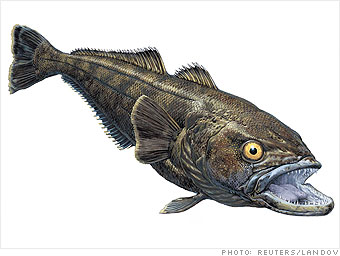As American as the 4th of July, apple pie and hamburgers, the diner has been a fixture on the landscape of small towns and interstates for nearly a century. The July/August issue of Food Network Magazine carried an interesting quiz entitled "What's Your Diner IQ?"
Here are a few of the questions: See how smart you are!
1. Which State is often called "the diner capital of the world"?
a. California
b. New Jersey
c. Texas
d. New York
2. Why do decaf coffee pots have an orange rim?
a. That how America's first diner served it.
b. Waitresses in the 1920s served decaf in orange mugs
c. A popular decaf brand used to come in an orange package
3. Who painted this famous diner scene?
a. Edward Hopper
b. Vincent van Gough
c. Georgia O'Keefe
d. Grant Wood
4. A nickname for a diner waitress is a:
a. Plate pitcher
b. Counter guard
c. Soup jockey
d. Pancake kicker
5. Which franchise chain is not considered a diner?
a. Sonic
b. Johnny Rockets
c. Denny's
d. Waffle House
6. The owners of many diners in the Northeast descend from:
a. Greece
b. Spain
c. Italy
d. Germany
Answers will be revealed on Monday!


















